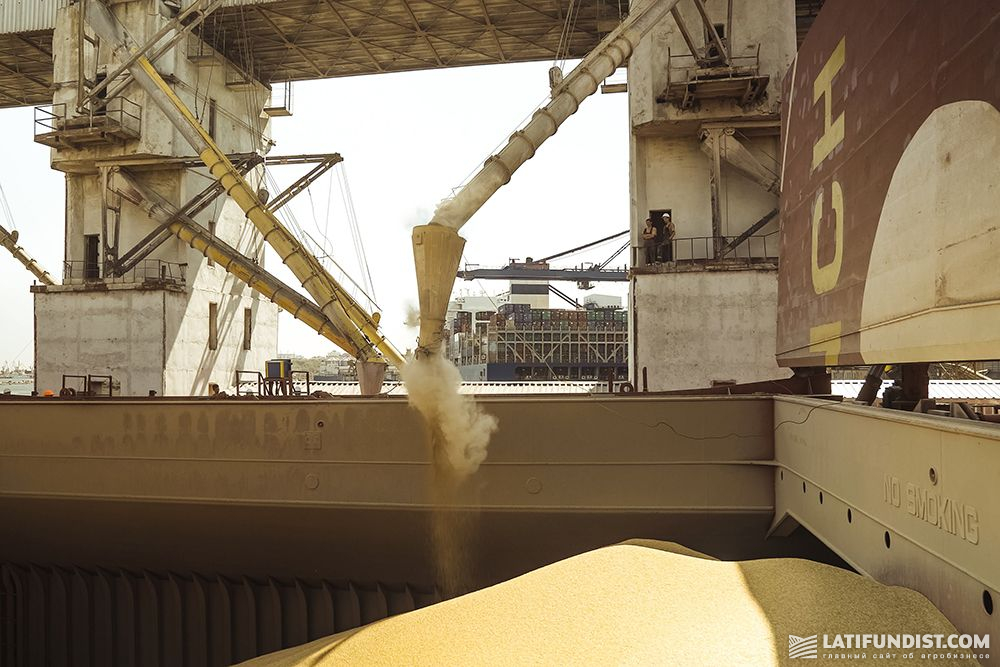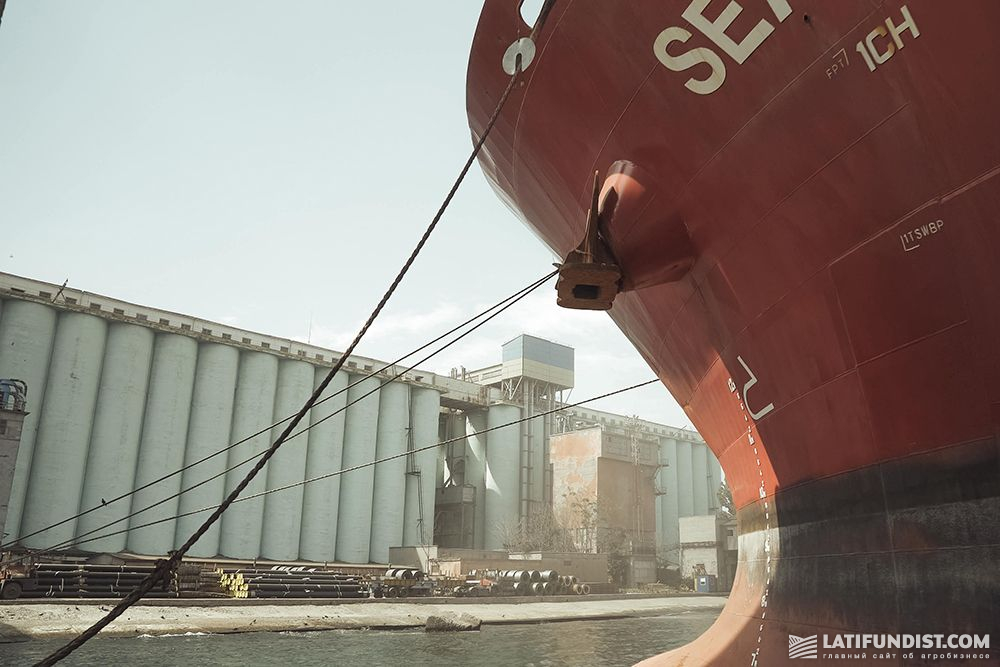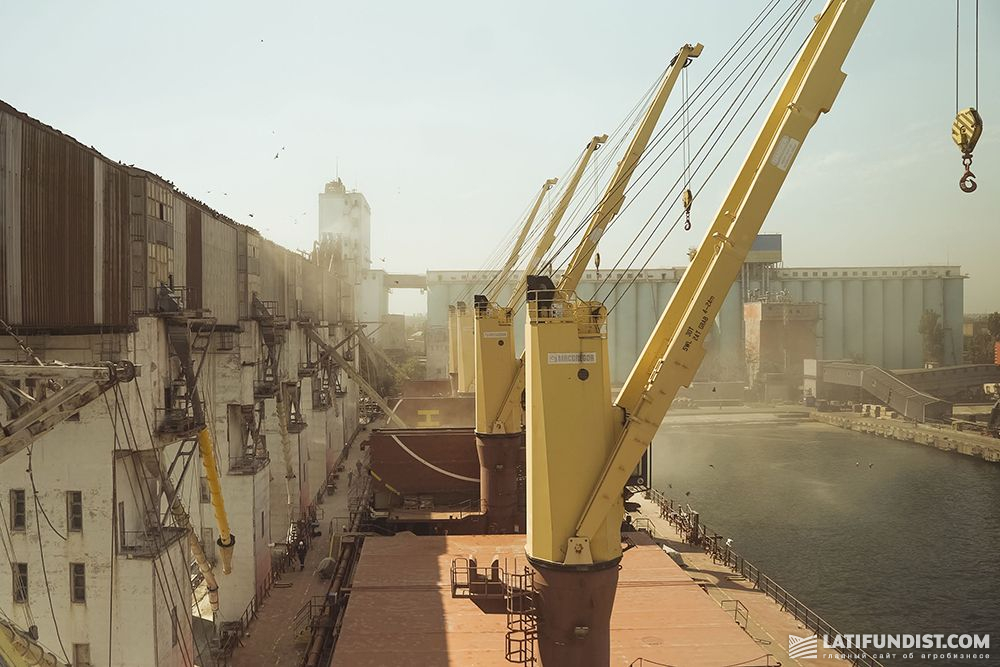Croatian, Italian or Baltic Ports Generate USD 120-150/MT as Logistics Costs. There Is No Alternative to Ukrainian Ports — Anastasia Shepeleva
After the russian attacks on the ports of the Big Odesa and the Danube, European countries are actively offering their own capacities for the export of Ukrainian grain. The most active are the Baltic states and Croatia. But what about the logistic costs to these ports?
We asked Anastasia Shepeleva, trading and logistics manager of grains and oilseeds at Agromino, about this. The company, after the start of the full-scale invasion, tried all possible grain export routes — from the grain corridor and the Danube to European ports and intra-EU sales. So, the company knows well all the pitfalls on the way to Europe.
Latifundist.com: Croatia and the Baltic states offer their ports for Ukrainian grain exports. At first glance, it seems to be unprofitable given the logistics costs. Have you calculated the delivery to the ports of these countries?
Anastasia Shepeleva: Of course, we have. It is extremely expensive. But besides the price, there are many other nuances. First of all, these are already known issues — wide and narrow gauges in Ukraine and the EU, as well as a shortage of grain wagons in Europe. It is almost impossible to catch them on the spot because most of them are contracted for long periods. If you do find the wagons, there are many other obstacles waiting for you. This is a planned closure of tracks at border crossings, let's say between Austrian and Italian railways. This can take days or weeks.
Now imagine that you are loading, for instance, a Panamax in Croatia. How many trains do you need to load it? Approximately 33-35. And if to Italy, then about 40.
Latifundist.com: How long can it take?
Anastasia Shepeleva: 5-6 months. As practice shows, you have one set of wagons that will rotate once or at most twice a month. Let’s assume you have three trains, all of them will make about six routes in a month. There are about 1,500-1,800 MT of grain in one train. And now count how many of them are needed to load a 60 KMT Panamax. Who will work for one Panamax for 5 or 6 months?
And we haven't considered the port infrastructure yet.
Latifundist.com: What’s wrong with it?
Anastasia Shepeleva: For example, storage nuances. In European ports, there are no such large silos like in Odesa. There are silos there, they are not bad, but they are of no comparable volumes.
Latifundist.com: Let's talk about the price.
Anastasia Shepeleva: It can range from USD 120 to USD 150/MT. It all depends on where you are transporting and if there is enough storage capacity. Add the vessel you are chartering. Yes, it is cheaper than when you charter in Ukraine. But everything will be eaten up by train logistics. With such transportation, you can find yourself working at a loss.
Latifundist.com: Is this the price of logistics to the mentioned countries? Because we heard smaller numbers in Polish and German ports.
Anastasia Shepeleva: USD 120-150/MT is for Croatia and Italy. The Baltic countries have similar numbers, maybe even higher. Because there is a double gauge change — after Poland, where the narrow gauge is, there is a wide gauge again in the Baltic countries. It is difficult to make the change once, but here it is required twice. Also, it generates additional costs.
Logistics to Polish and German ports is indeed cheaper. But there is another story. If you load the ship, where will you send it to? To Europe? Northern Europe is unlikely because they are self-sufficient or require tiny volumes.
Yes, there are many countries where our grain is in demand. But here we have additional costs for sea transportation from northern ports. But let's go back to the previous thesis – to make two Panamaxes a year with a lot of problems and risks? Poor economy.
Instead, transportation from the Mediterranean Sea or the Black Sea is understandable. Because a lot of markets are in reach there.
Latifundist.com: If I break down the economics of logistics, do I understand correctly that logistics from the centre of Ukraine to the western border will cost up to USD 40, USD 20 for transshipment, and the rest for delivery in Europe?
Anastasia Shepeleva: These figures are very close to reality. If you go further, then also calculate storage in a European port and transshipment into a ship.
Latifundist.com: So, you are saying that there is no alternative to Ukrainian ports?
Anastasia Shepeleva: Yes. Look, Ukraine exports from 40 to 50 MMT of grain. All European ports taken together will not export such a volume with all their capacities. Because they have a lot of their own products. Therefore, nothing can replace the Ukrainian ports of Big Odesa.
And also consider that world prices have fallen, plus we have an increase in production costs for farmers.
Therefore, it is necessary to push for the opening of ports and the grain corridor without the participation of russians. This is the only way to save a margin for both farmers and traders. Our ports need good air defence protection. Exporting through European countries, with different gauges, is not a solution.
Latifundist.com: You don't mention the Danube for some reason.
Anastasia Shepeleva: Because it cannot cope with such volumes. In addition, it is very expensive and problematic, in particular, in terms of grain delivery by rail.
Latifundist.com: What about the Bystre mouth, the opening of anchorages and loading on the roadstead in Constanta, Sulina?
Anastasia Shepeleva: We have our own large ports and they must be protected. The real road is only there. And it is necessary to make a normally functioning corridor without russians. Because everyone saw how it worked and what the demurrages were.
Kostiantyn Tkachenko, Latifundist.com




